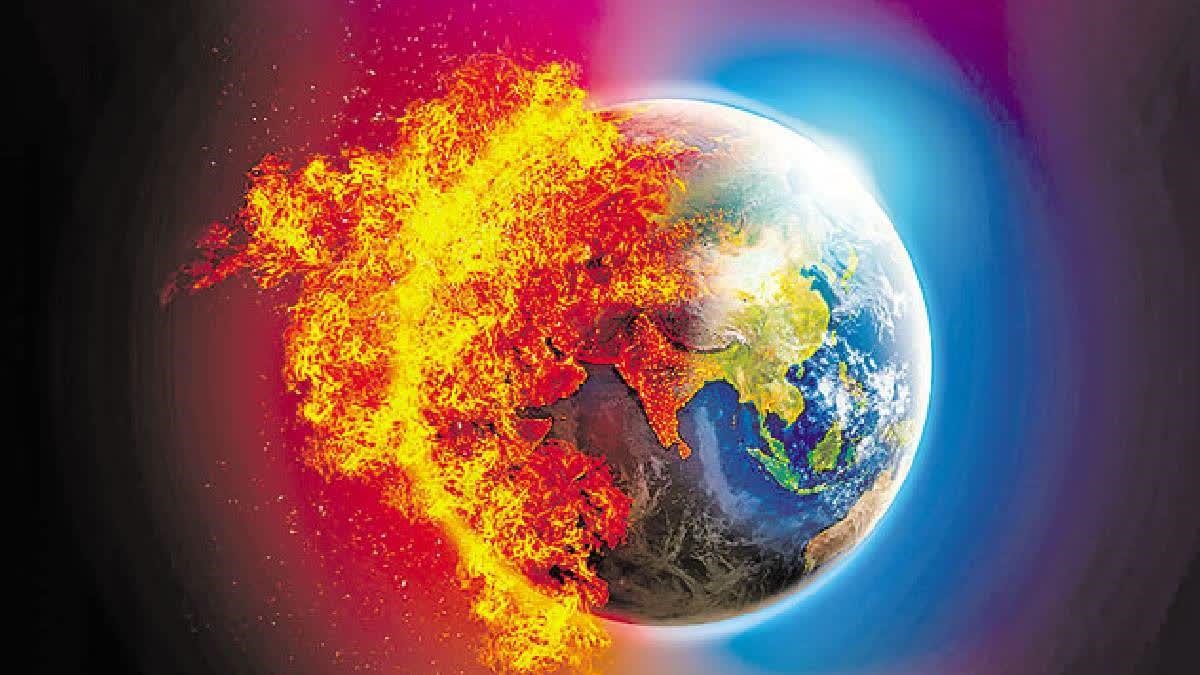India’s Slower Warming: Reasons and Climate Response
Why in the news?
India’s 2024 average temperature rose 1.2°C since 1901-1910, slower than global trends. The IMD highlighted regional warming differences and the need for enhanced climate observation, as the WMO declared 2024 the warmest year globally.
Global and National Temperature Rise in 2024:
- The World Meteorological Organization (WMO) declared 2024 as the warmest year on record, with global surface temperatures surpassing 5°C above pre-industrial levels.
- India’s average temperature rose by 2°C since 1901-1910, lower than the global land surface warming of 1.6°C or more.
- The difference stems from the IMD’s baseline (1901), while global calculations use pre-industrial levels (1850-1900).
Reasons for India’s Slower Warming
- Tropical Location: India, closer to the equator, experiences less warming compared to the polar regions, where warming is twice the global average due to heat transfer and the albedo effect from melting ice.
- Ocean vs. Land Warming: India’s warming data is based on land surface only, whereas global figures include both land and ocean, with oceans warming more slowly due to evaporation effects.
- Aerosols: Higher aerosol concentration over India scatters solar radiation, slightly offsetting warming but contributing to air pollution.
Strengthening India’s Climate Response
- India’s regional warming patterns vary, with areas like the Himalayas and coastal regions facing distinct climate challenges.
- There’s a need for enhanced climate observation and impact assessment capabilities, such as Mission Mausam.
- Expanding weather monitoring networks to rural areas and strengthening institutions like IMD, INCOIS, and others will be crucial to addressing climate vulnerabilities and enabling effective disaster management.
Trade Winds
- Trade winds, also known as easterlies, are permanent winds that flow east to west.
- They occur in the Earth’s equatorial region due to Coriolis effect and global pressure systems.
- Greenhouse Gases
- Greenhouse gases trap heat by absorbing and emitting infrared radiation.
- Key examples: water vapor, carbon dioxide, methane, nitrous oxide, and ozone.
- They are responsible for the greenhouse effect, contributing to global warming and climate change.
Sources Referred:
PIB, The Hindu, Indian Express, Hindustan Times




